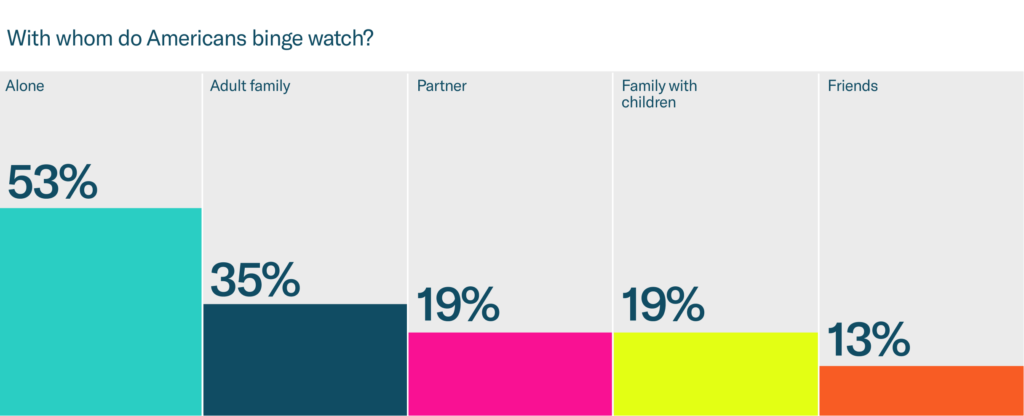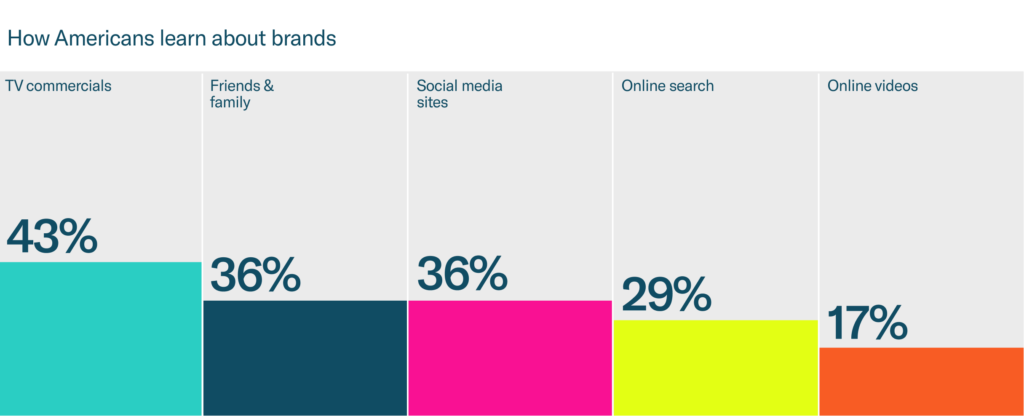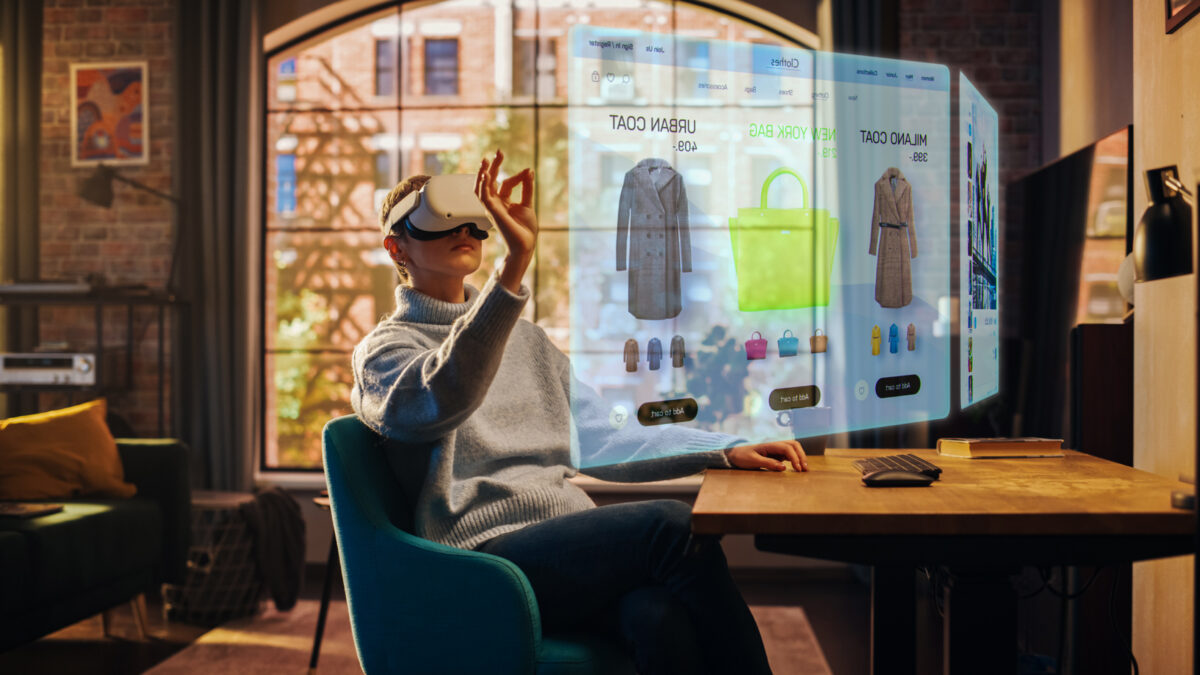The genesis of streaming TV services—and the sudden ability for people to consume countless episodes of their favorite shows during extended viewing sessions—fundamentally transformed the way in which people talk about “binging.” No longer is binging considered an activity reserved for indulgences like food or alcohol. Rather, binging is now acknowledged as a wide array of behaviors conducted in excess, from online gaming to exercising to dining out.
Here at Anagram, we recognize that binge behavior of all kinds has significant implications for how businesses connect with consumers around certain products and experiences. To get a better handle on these implications, we recently surveyed more than 1,000 self-identified American “bingers” to better understand their binging behavior and its underlying motivations. In defining “binge” behavior, our survey asked respondents to identify which activities, within the past 12 months, they had personally engaged to an extent that they would consider excessive for a short period of time.
Binge Watching: The Most Popular Binge Behavior
Hands down, the most popular binge behavior identified in our survey was related to watching or streaming TV shows, with 68 percent of respondents identifying this binge tendency within their own habits. The second most popular binge behavior—spending time on social media—was claimed by 50 percent of respondents.
In general, our research found that binging behavior is usually associated with both positive and negative effects. On one hand, it enables relaxation and distraction. But on the other, it can also be associated with excess, addiction, and loss of control. How does this balance of positive and negative effects play out when it comes to binge-watching and streaming of TV content? And what should content providers and marketers know about viewers who tend to binge content? Let’s explore.
Who Are the Binge Viewers?
Our survey shows binge watching and streaming TV is a fairly universal behavior. From a demographic perspective, women and men cited similar levels of TV show binging at 68 percent and 67 percent respectively. Prevalence of this behavior was also relatively consistent across ages, with 68 percent of Americans age 18-29 claiming binge-watching behaviors and 70 percent of respondents age 30-40 and age 41-55 saying the same. The lowest level was seen among Americans age 56-65, but still 60 percent of these older viewers claimed to be binge watchers. Binge-viewing behavior was also equally high across all socioeconomic groups.
Binge viewing tends to be a solitary evening activity for many Americans. The majority of respondents said they tend to binge TV shows on weekday evenings (65 percent) and weekend evenings (57 percent). Nearly all binge viewers (93 percent) watch at home, and the majority (53 percent) said they tend to binge alone.

Why Do People Binge Watch?
As a binging behavior, watching and streaming TV shows is done mainly for entertainment purposes (59 percent) and to relieve anxiety (44 percent).

About a quarter (28 percent) of interviewees say binge-viewing has a negative impact on their health and well-being, while another 28 percent believe it has a positive impact. Likewise, 23 percent say they would be willing to decrease or stop this binging behavior in the next year, while 16 percent plan to slightly or significantly increase the behavior.
How Can Marketers Connect with Binge Watchers?
When it comes to the services they use to binge TV content, binge viewers say they tend to learn about brands from TV commercials (43 percent), their friends and family (36 percent), and social media (36 percent). For content and streaming brands, that means a smart balance of paid advertising and word of mouth are important. Furthermore, while 43 percent of binge viewers say they’re loyal to brands in this space, there’s still a notable opportunity to woo the 36 percent who say they would consider other brands.

Is your brand looking to connect with targeted groups of consumers by tapping into next-level human insights? Anagram can help. Let’s talk!


